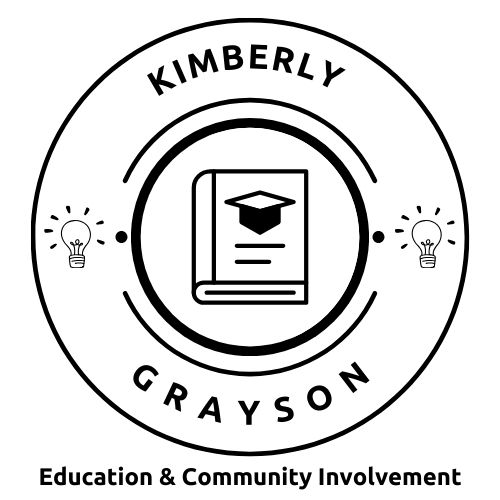Neurodiversity is a concept that recognizes and celebrates the natural variation in human cognition and neurological functioning. It encompasses a wide range of neurological differences, including autism, ADHD, dyslexia, and other learning disabilities. Rather than viewing these differences as deficits, neurodiversity acknowledges the unique strengths and perspectives that neurodivergent individuals bring to the table. In education, embracing neurodiversity means creating inclusive environments where all students, regardless of their learning differences, feel valued, supported, and empowered to succeed.
Understanding Neurodiversity
Neurodiversity challenges traditional notions of intelligence and normalcy by recognizing no “right” way to think, learn, or process information. Neurodivergent individuals may have strengths in creativity, problem-solving, pattern recognition, and attention to detail, which can be valuable assets in academic and professional settings.
It’s important to understand that neurodiversity is not synonymous with disability; rather, it encompasses a spectrum of cognitive styles and abilities that exist on a continuum. While some neurodivergent individuals may face challenges in certain areas, they also possess unique talents and skills that deserve recognition.
Supporting Neurodivergent Students
Supporting neurodivergent students requires a multifaceted approach that addresses their diverse needs and strengths. Here are some strategies for creating inclusive learning environments:
- Universal Design for Learning (UDL): Implementing UDL principles ensures that instructional materials and methods are accessible and engaging for all students, regardless of their learning differences. This might involve multiple means of representation, expression, and engagement to accommodate diverse learning styles and preferences.
- Individualized Support Plans: Developing individualized education plans (IEPs) or accommodation plans for neurodivergent students ensures that their unique needs are addressed in the classroom. These plans may include accommodations such as extended assignment time, preferential seating, or access to assistive technology.
- Sensory-Friendly Classrooms: Creating sensory-friendly classrooms can help accommodate students with sensory processing differences, such as autism or sensory processing disorder. This might involve minimizing visual and auditory distractions, providing sensory tools and fidgets, or offering quiet spaces for students to decompress.
- Positive Reinforcement and Strength-Based Approaches: Focusing on students’ strengths and celebrating their achievements can help build confidence and self-esteem. Positive reinforcement strategies, such as praise, rewards, and encouragement, can motivate neurodivergent students to engage actively in their learning and persevere through challenges.
- Peer Support and Peer Mentoring: Encouraging peer support and peer mentoring programs can foster a sense of community and belonging among neurodivergent students. Peer mentors can offer guidance, support, and friendship to neurodivergent peers, helping them navigate social interactions and academic challenges.
Celebrating Diversity and Promoting Inclusion
Celebrating neurodiversity means promoting a culture of acceptance, understanding, and inclusion in schools and communities. It involves challenging stereotypes, combating stigma, and advocating for the rights and dignity of neurodivergent individuals. By embracing neurodiversity, we can create a more equitable and compassionate society where all individuals, regardless of their neurological differences, have the opportunity to thrive and contribute their unique talents and perspectives to the world.

